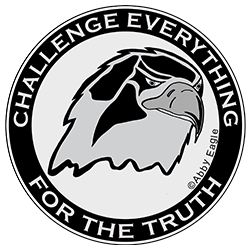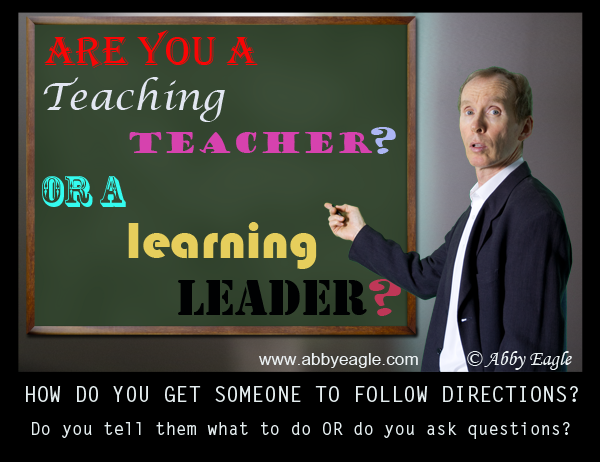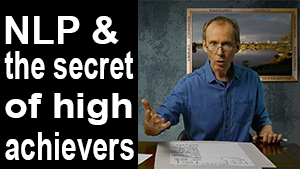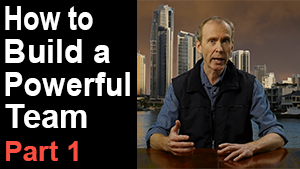
You can tell people what to do and get resistance or you can motivate them to action by asking questions, making statements and giving commands. Learn how to motivate a team to action. Phone 07 5562 5718 or send an email to book a free 20 minute telephone or Skype session with Abby Eagle. NLP Coaching, Hypnotherapy and Meditation. Gold Coast, Robina, Australia. Online NLP Coaching sessions on Skype and by telephone also available.
How to Motivate a Team to Action and Achieve Results Using NLP?

Are you a teaching teacher or a learning leader?
(By Abby Eagle) How do you get someone to follow your directions? Do you tell them what to do or do you invite them to participate in a conversation? In this article we are going to refer to two scenarios.
1. The rubbish bin scenario in which parents want 14 year old John to show some initiative in putting the kitchen rubbish outside.
2. The better food choice scenario in which a concerned mother tries to help her 25 year old daughter improve her diet. Even though she constantly tells her daughter what she should and should not be eating, the daughter does not change her behaviour.
What are the characteristics of a teaching teacher?
The teaching teacher gives information and when they ask questions they are closed questions like, “Do you know how much fat is in that burger? Why are you eating that ice cream again? Don’t you know that soft drink is loaded with high fructose corn syrup? The questions are loaded - they are about the speaker not about the listener. The teaching teacher is the expert. Their intention is to educate the student, to give the student knowledge, to tell them what to think, what to say, what to do. In some cases this is useful but does it empower the student? Does it teach them how to learn?
In a class room situation the student may be motivated to learn but outside of school the teacher student model does not work. In some cases it can be condescending and disempowering. The answer is to shift the attention away from what is important to us and learn how to motivate others to action.
What are the characteristics of a learning leader?
The learning leader has a different mindset to the teaching teacher. Where the teacher tells people what to do, the learning leader asks questions, for example.
The rubbish bin scenario: Rather then telling John what to do we ask, “John how do you think we could clean the bin? What is the best way to wrap the rubbish? What type of rubbish can be recycled? Do we need to remove the lids from the jars before they go in the recycle bin? Do we wash the jars? Any idea when the bins needs to go out? We ask questions that invite John to be involved in the process.
The better food choices scenario: Rather than telling Mary what to do we ask questions that take the focus away from her, for example. “Mary do you know what your grandparents used to eat? Do you remember how fit, strong and healthy they were? Let’s have a look at their photographs?” We continue.
“Have you noticed that some people have a narrow face and others have a broad face? Have you noticed that some people have a perfect set of teeth, a wide mouth, and a big smile? Have you noticed that others have crooked teeth, and have a narrow mouth and a smaller smile? Why do you think that is? How many people do you know have had their teeth straightened at the Dentist? Do you remember how your grandparents had such beautiful broad smiles? They all lived past 95 years. Why do think they were in such good health? Have you wondered what might be the difference between what they ate and what a lot of people eat nowadays?”
So the intention is to elicit a state of curiosity and fascination. And by asking open ended questions that invite exploration, Mary might begin to hold them as thoughts in her mind and apply them to her dietary choices, not because she was told to but because she wants to.
What frames of mind does the learning leader keep in mind?
If you wanted to motivate someone to action what thoughts would you need to hold in mind that would help you achieve that? In this article there is not space to go into details but the first step is to list all the reasons why it is important for you to motivate someone. This gives you your positive intention. Second step is to bring in other frames of mind that help facilitate the communication process, for example.
A sense of fascination: “Wow, I find it interesting that Mary continues to eat junk food even though she weighs 150kg and is sick all the time.”
A sense of curiosity: “I wonder how Mary does the process of eating junk food? How does she make her food choices?” Here we get interested in the process, not the content of what the person does.
Playfulness is one of the most powerful resources. In many cases I think it is more useful than kindness, love and compassion. Playfulness we can bring to any situation. Playfulness is not about taking things seriously. Life is to short for that, so why not just enjoy the moment, why not bring a sense of fascination and playfulness to this experience of being human?
Friendliness: By bringing friendly thoughts to mind we are able to build rapport. We become friends on a journey, learning from the opportunities that life presents to us.
Sameness: We look for similarities between us, not what is different. (Meta programs) We learn to agree with the other person rather than disagree. We welcome others into our world – we learn to embrace differences and invite feedback; we welcome input, we include the other in our conversation, for example. We invite Mary to take an interest in the nutrition of her grandparents. We invite her to look at people’s faces differently and to wonder whether features, teeth, beauty and body shape have something to do with the nutrition.
We do the opposite of what a lot of people do - we don’t deny the other person, we accept that people are different. We don’t argue with them; we don’t try and make them do what we want them to do; we don’t suppress them, instead we acknowledge them as human beings. We validate them for who they are and we celebrate their learning’s and their successes.
We learn to accept that people have differing backgrounds, experiences, values, beliefs and behaviours. We learn to appreciate people for who they are and hold them in awe for their humanness. In doing so we empower the other person and help them to access their inner resources and mobile those resources towards achieving mutually agreed upon outcomes. If you are interested in a NLP Coaching session then please contact me using the contact form on this page.
Share With Friends
| DISCUSSION GROUPS | |
|---|---|
 |
|
| NLP Future Selfing | |
| NLP, Hypnotherapy & Meditation | |
| NLP Peace Mapping | |
| Facebook Discussion Group | |
| The secret of high achievers |
|---|
 |
| How to build a powerful team |
 |
| Learn the NLP Meta Model |
 |



